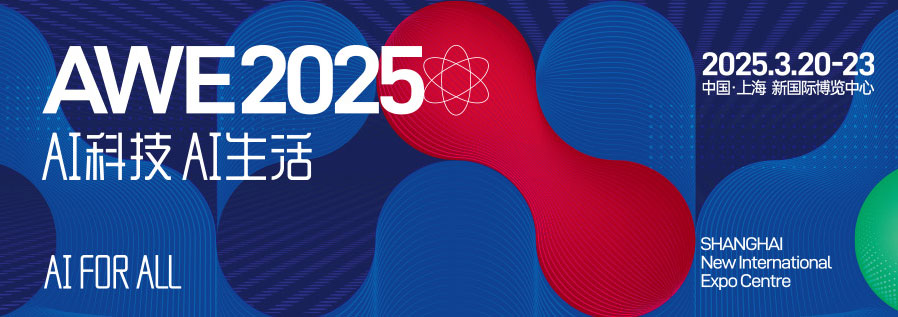Interpretation of 2025 China Home Appliance Consumption Trends (Part 2): Green and Low-Carbon Development
On March 22, the launch ceremony of the “2025 National Home Appliance Consumption Season” was held at AWE2025 at the Shanghai New International Expo Center. At the event, the 2025 China Home Appliance Consumption Trends White Paper was officially released. Compiled by the China Household Electrical Appliances Association, the white paper outlines consumption trends driven by both the home appliance trade-in policy and technological innovation.
The white paper identifies six major trends in China’s current home appliance consumption. The second trend highlights the growing public embrace of green and low-carbon living.
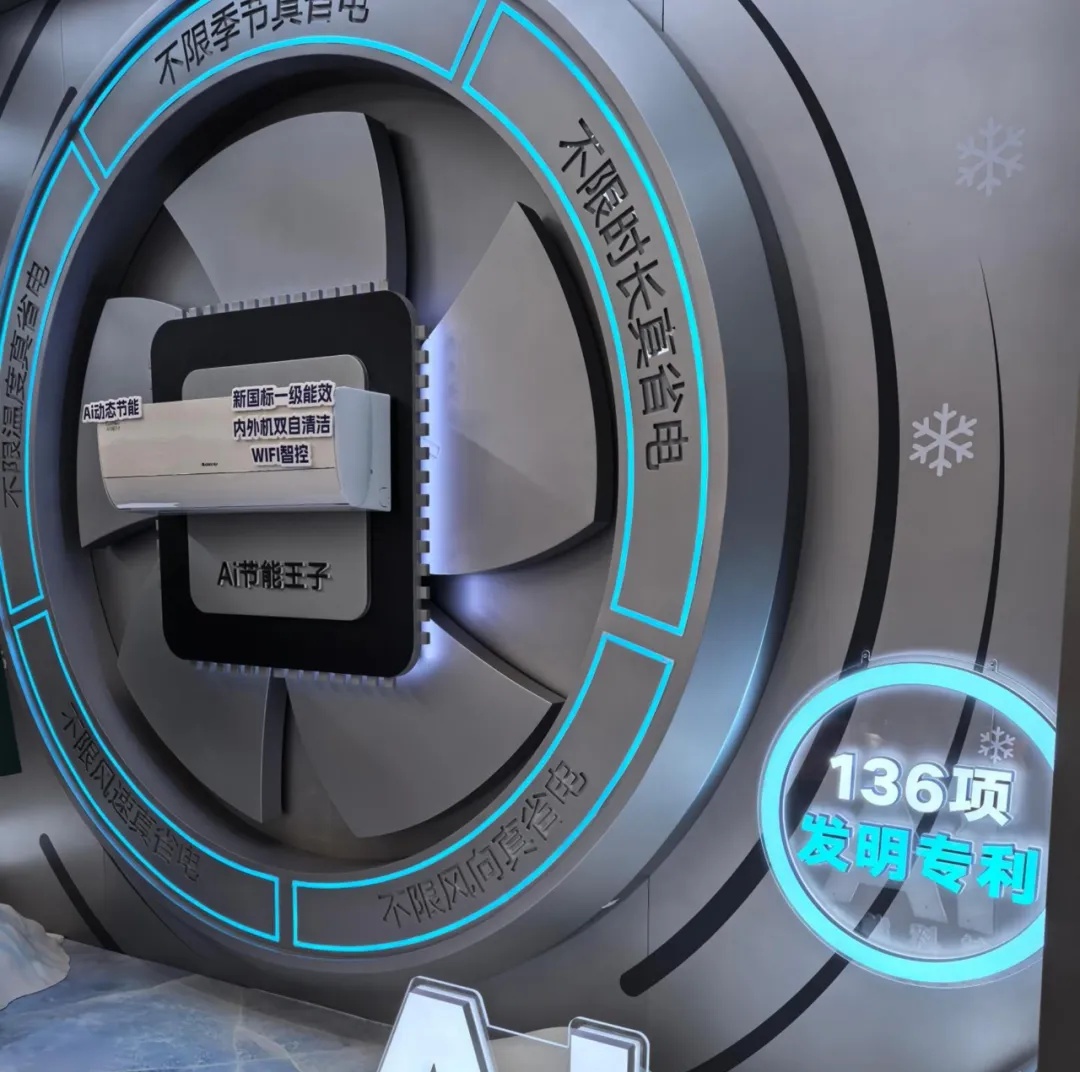
Dual Drivers of Green Consumption: Policy and Technology
Xu Dongsheng, Vice President of the China Household Electrical Appliances Association, stated during the release that Chinese consumers' awareness of environmental protection continues to grow. Under the guidance of the trade-in policy, green appliances have become the top choice for consumers, enabling them to enjoy a high-quality life while contributing to sustainable development.
Driven by national policy and technological innovation, China’s home appliance consumption is rapidly transforming toward green, low-carbon, and intelligent integration. According to recent data from the Ministry of Commerce, in 2024, the trade-in policy pushed the sales of energy efficiency grade 1 products to account for over 90% of the market, and the volume of recycled old appliances increased by 14.83% year-on-year. The synergy between consumption upgrades and environmental protection is becoming increasingly evident. Consumers are shifting their focus from merely considering energy efficiency ratings to managing their carbon footprint, making green and smart home appliances the market mainstream.
The trade-in subsidies have effectively brought down the price of high-efficiency products, accelerating the adoption of energy-saving and smart appliances. Among consumers, price-sensitive buyers tend to opt for cost-effective energy-saving products, while quality-driven users favor smart appliances empowered by green technologies. Environmentally conscious consumers prefer low-carbon products.
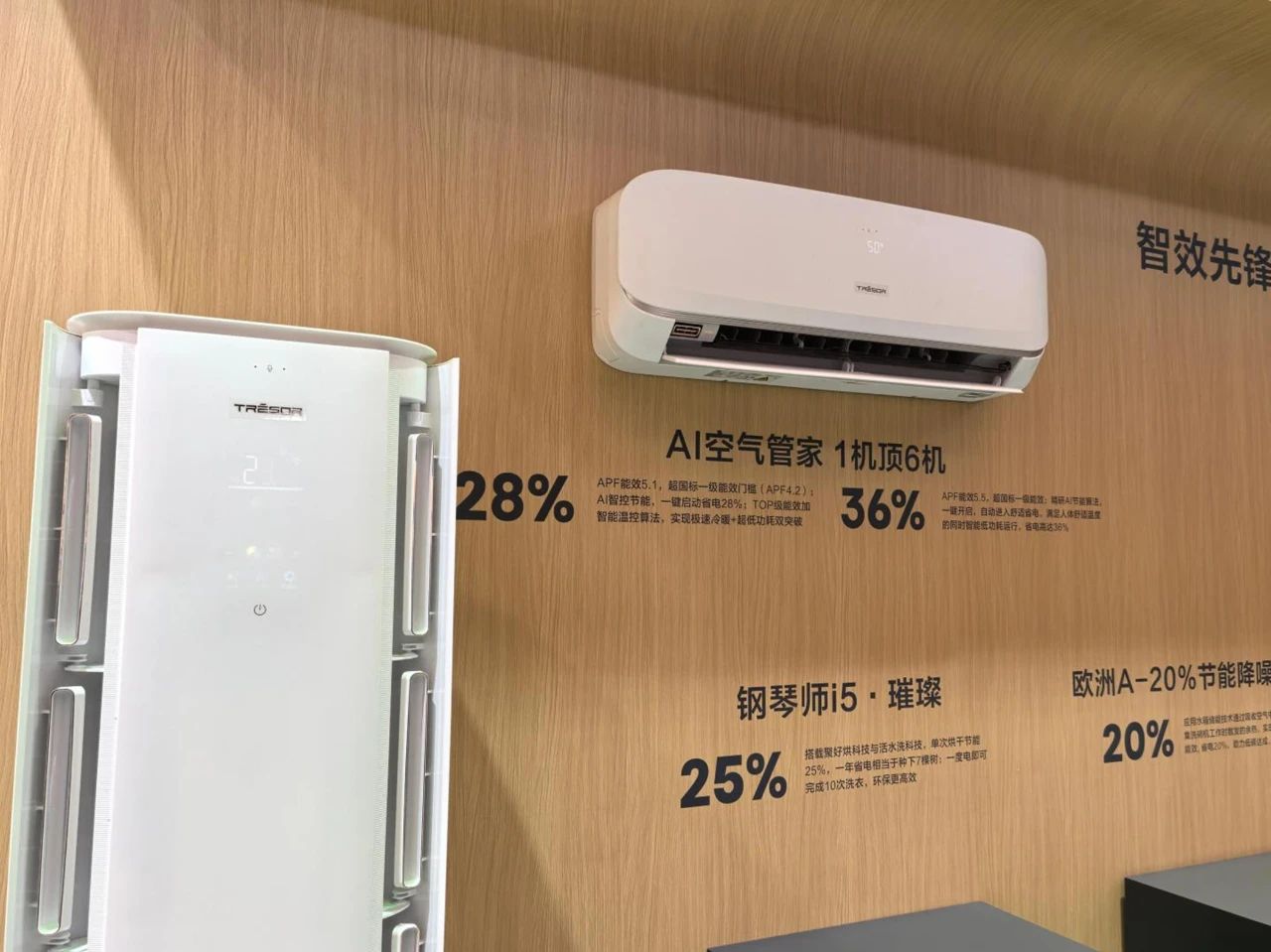
Smart Technology Powers an Energy Efficiency Revolution
The use of AI for energy saving has evolved from single-function optimization to a comprehensive energy efficiency management system across all scenarios. This technology iteration exhibits three major characteristics: dynamic adaptive control; multi-device coordinated scheduling; user behavior learning.
For example, Hisense air conditioners use over 1,200 environmental sensors to build a dynamic control model, improving energy efficiency by 36%. Casarte refrigerators use an intelligent power control system to dynamically adjust cooling power while maintaining grade 1 energy efficiency. Huawei’s HarmonyOS Smart Home system maps household energy consumption with millimeter-wave technology and automatically shuts off unnecessary energy-consuming devices. User behavior learning further enhances energy-saving results — for instance, Gree central air conditioners switch to low-power mode based on human activity sensing, reducing nighttime energy use by 35%, while Samsung’s clothing care machines adjust cycles based on usage data, saving 21% in electricity.
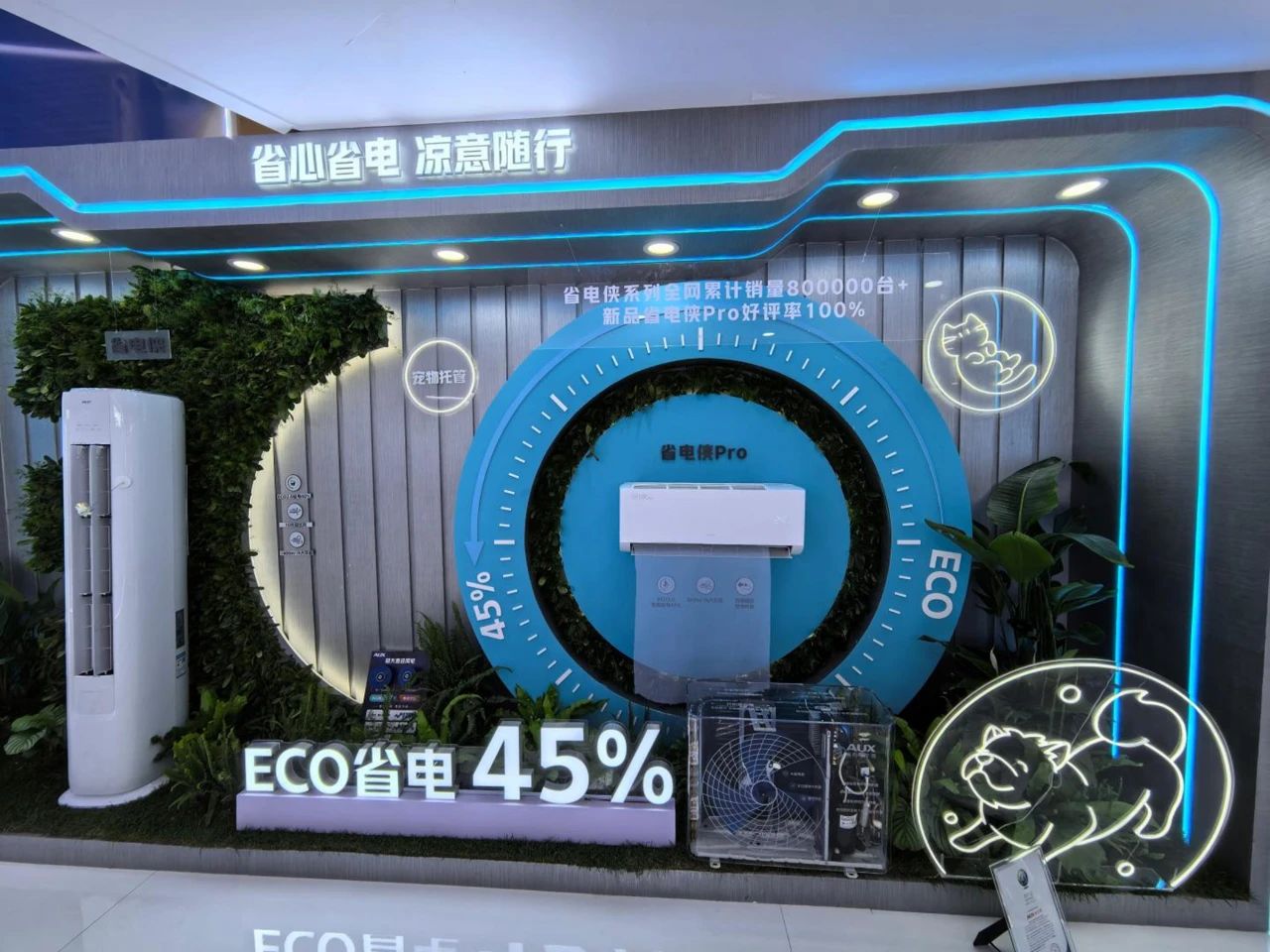
New Energy Applications Enable Household Energy Circulation
The deep integration of new energy technologies such as photovoltaics and energy storage with home appliances is driving innovative models. Companies like Gree and Hisense have launched photovoltaic air conditioners and energy storage systems that can intelligently manage solar power generation and appliance electricity consumption through home energy management platforms. At AWE2025, products such as tri-generation heat pump air conditioners and photovoltaic water heaters became highlights, signaling a transformation of home appliances from energy-consuming terminals to energy management nodes. In the future, household self-circulating energy systems will integrate more renewable energy sources, further reducing carbon emissions.
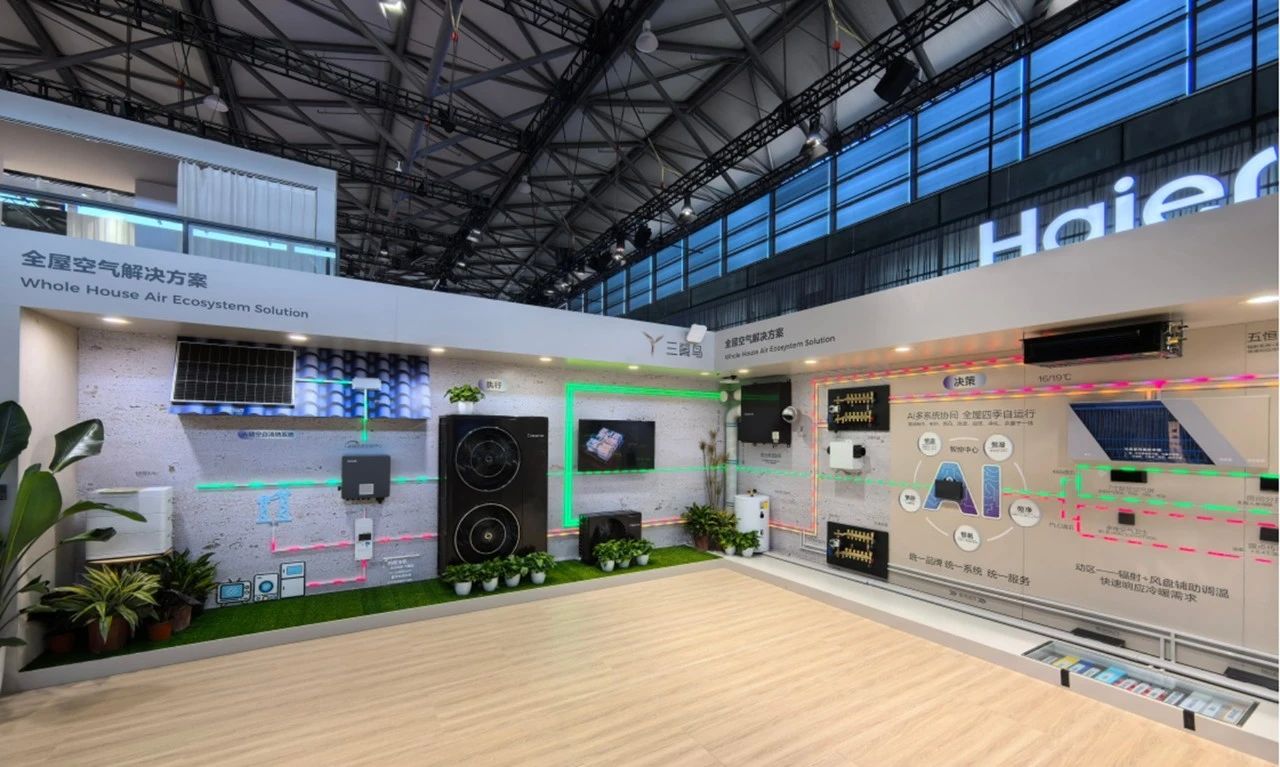
Green Concepts Deepen: From Saving Electricity to Reducing Resource Waste
Consumers are getting more and more resource and energy conscious. And home appliance companies are putting efforts into meeting deeper consumer needs through technological innovation, environmental responsibility, and lifestyle upgrades. For instance, Gree’s “Quiet King+” air conditioner uses dual optimization technology to achieve an APF (Annual Performance Factor) of 4.56, far surpassing national grade 1 level.
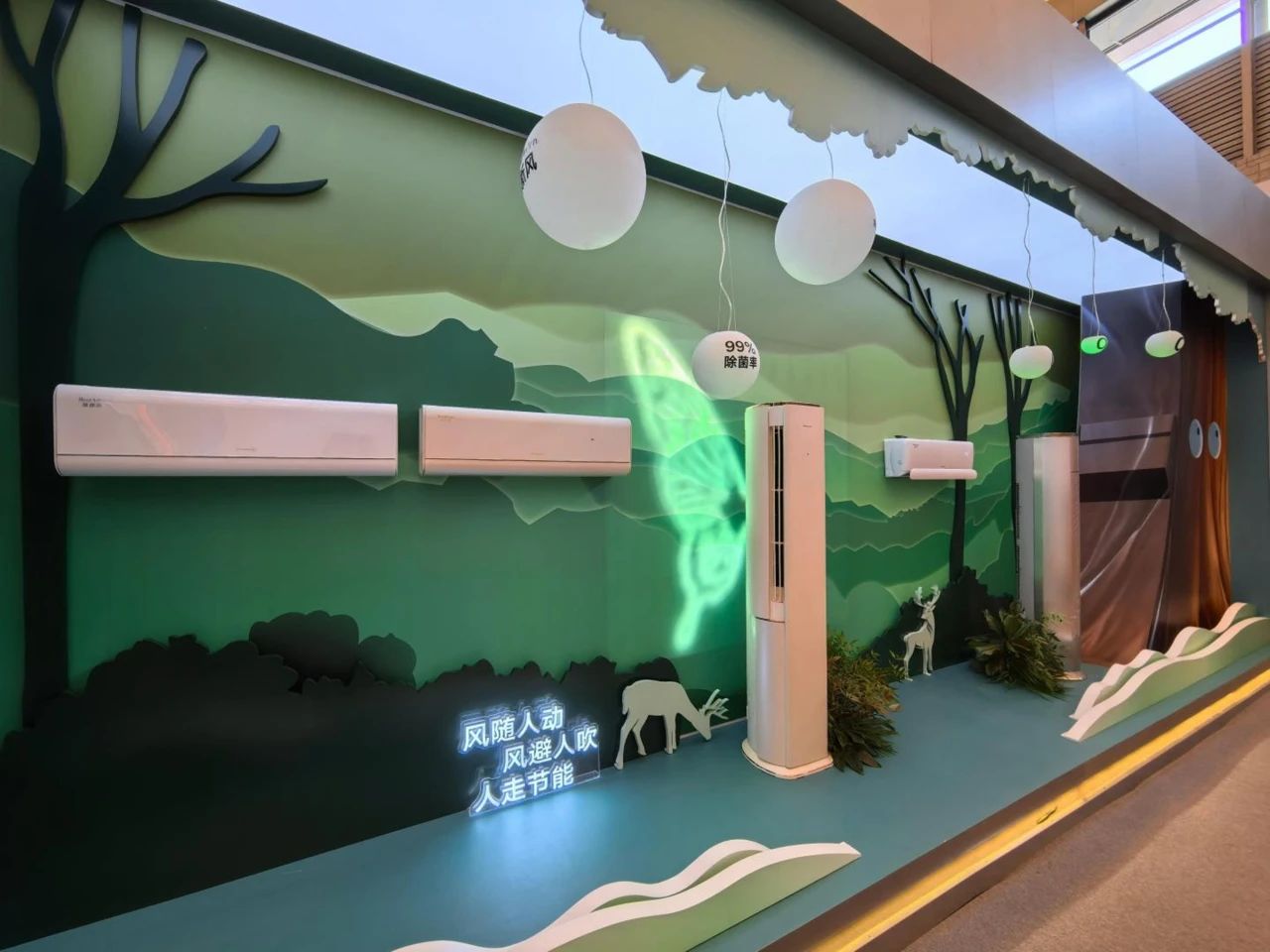
To reduce food waste, Haier's magnetic-controlled freezing technology breaks down molecular clusters in food ingredients through the use of a magnetic field, improving taste retention. AI visual sensing helps refrigerators manage ingredients smartly. In terms of water conservation, Bosch dishwashers use only 1/8 the water of handwashing, saving up to 22,000 liters per year. Zero-cold-water gas water heaters use AI to pre-mix water temperatures, minimizing water waste.

Eco-Friendly Materials and Processes Set New Industry Standards
Eco-friendly materials and processes are becoming key highlights in the green transition of home appliances. Many companies are actively using environmentally friendly materials, providing consumers with more sustainable product experiences.
Refrigerator and washing machine housings made from recyclable plastics help reduce the environmental impact throughout the product lifecycle. Paint-free manufacturing processes lower emissions of volatile organic compounds (VOCs) while enhancing the visual and tactile quality of the products. In addition, the use of non-toxic materials is increasingly becoming a key factor for consumers when choosing home appliances.
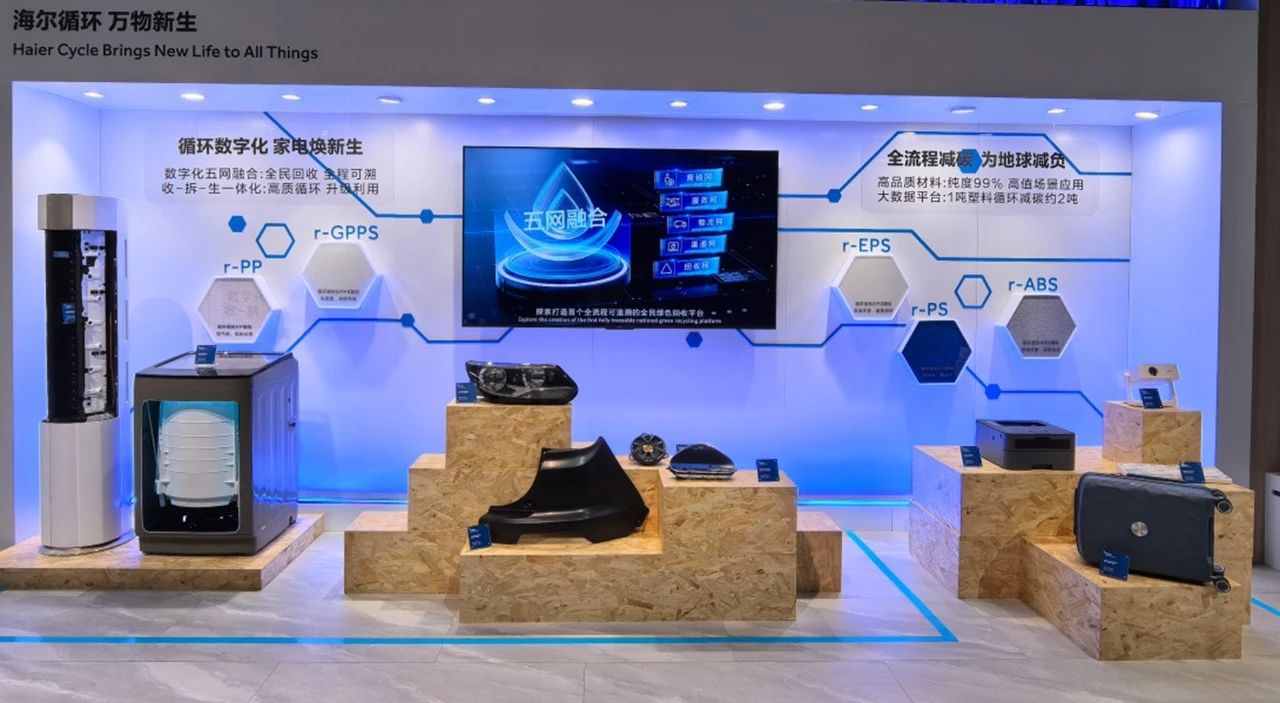
China’s home appliance industry is actively building a new green consumption ecosystem through policy support, technological breakthroughs, and awareness building. This trend not only promotes high-quality industrial development but also offers a solution for global low-carbon transformation.

